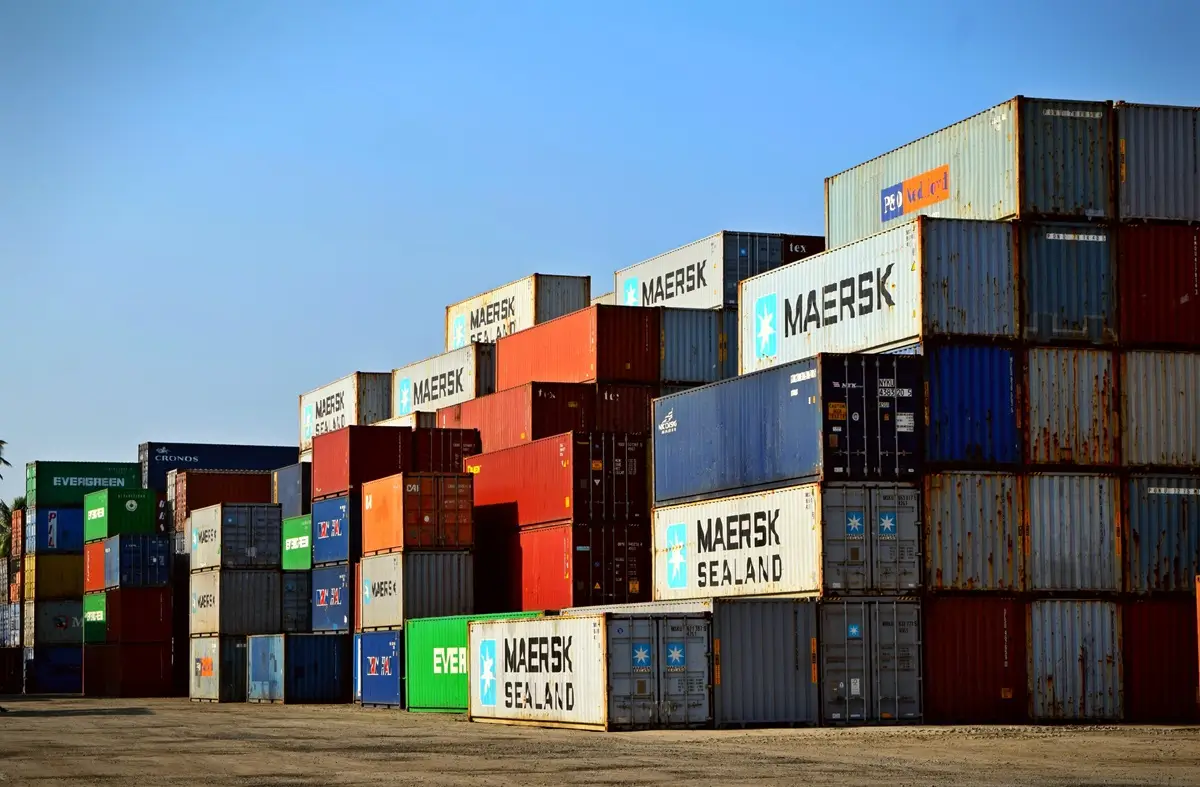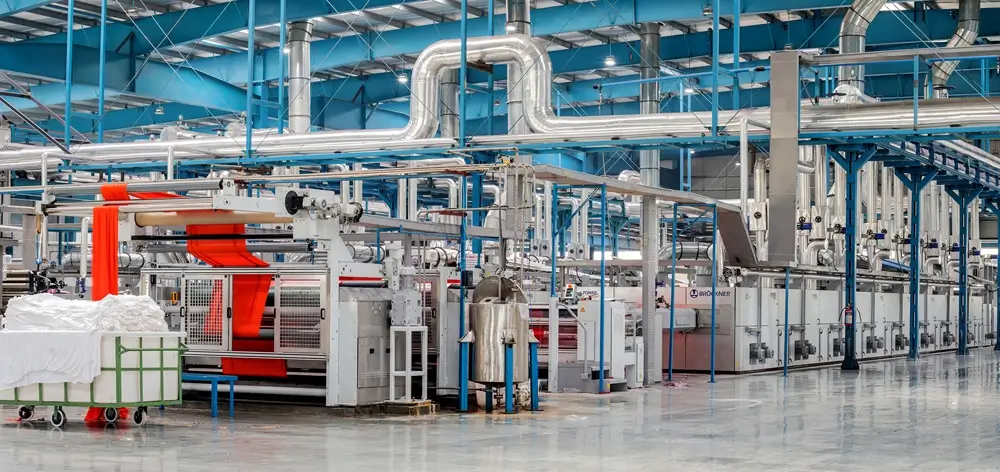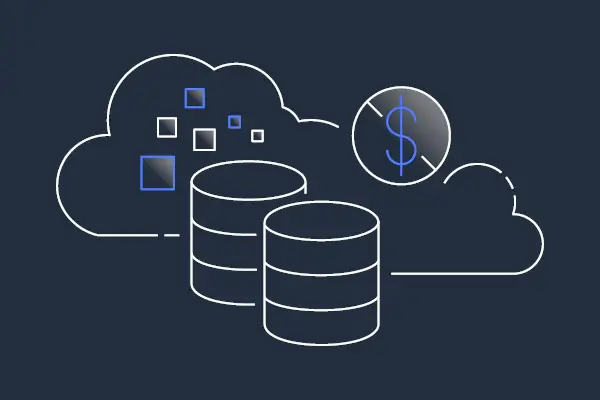· Jay Smith · Articles · 7 min read
Logistics and IT - The Perfect Partnership
This article explores the integration of logistics and IT, including automating inventory management, optimizing supply chains, real-time tracking, data analytics, and enhanced communication and collaboration.

Introduction to logistics and IT partnership
Logistics and IT have become inseparable in today’s fast-paced business environment. The integration of logistics and IT has revolutionized the way companies manage their supply chains and operations. By leveraging technology and data, businesses can streamline their processes, improve efficiency, and gain a competitive edge. This partnership enables real-time tracking and monitoring, data analytics for predictive planning, and streamlined communication and collaboration. Automation, optimization, and enhancement are the key pillars of this collaboration, leading to improved customer satisfaction and cost savings.
Benefits of integrating logistics and IT
Integrating logistics and IT offers numerous benefits for businesses. By leveraging technology, companies can streamline operations, improve efficiency, and gain real-time visibility into their supply chain. Automation of inventory management and optimization of supply chain processes help reduce costs and minimize errors. Real-time tracking and monitoring, along with data analytics for predictive planning, enable businesses to make informed decisions and respond quickly to changes. Additionally, streamlining communication and collaboration through IT solutions enhances coordination among different stakeholders. Overall, integrating logistics and IT drives operational excellence, improves customer satisfaction, and boosts profitability.
Challenges in implementing logistics and IT solutions
Implementing logistics and IT solutions can bring numerous benefits, but it also comes with its fair share of challenges. Resistance to change is one of the main hurdles that organizations face when integrating logistics and IT. Employees may be resistant to adopting new technologies or processes, which can slow down the implementation process. Data security is another challenge, as the integration of IT systems requires the sharing and storing of sensitive information. Organizations need to ensure that proper security measures are in place to protect this data. Lastly, cost can be a significant challenge, as implementing logistics and IT solutions often requires a substantial investment in technology and infrastructure. Despite these challenges, organizations that successfully overcome them can reap the rewards of a more efficient and streamlined logistics operation.
Streamlining Operations
Automating inventory management
Automating inventory management is a crucial step in streamlining operations for logistics and IT partnerships. By using advanced technologies such as barcode scanning and RFID, companies can accurately track and manage their inventory in real-time. This not only helps in reducing manual errors but also improves overall efficiency and productivity. With automated inventory management, businesses can ensure that they have the right products in stock, avoid stockouts, and minimize excess inventory. Additionally, it enables better forecasting and planning, leading to cost savings and improved customer satisfaction.
Optimizing supply chain processes
One of the key ways in which logistics and IT partnership can streamline operations is by optimizing supply chain processes. By leveraging advanced technologies and data analytics, businesses can gain real-time insights into their supply chain, enabling them to identify bottlenecks, streamline workflows, and improve overall efficiency. This can lead to reduced costs, faster delivery times, and enhanced customer satisfaction. Furthermore, by implementing automated inventory management systems and streamlining communication and collaboration across the supply chain, businesses can ensure better coordination and responsiveness, resulting in smoother operations and improved decision-making.
Enhancing transportation and delivery systems
In today’s fast-paced world, transportation and delivery systems play a crucial role in the success of any business. Integrating logistics and IT can greatly enhance these systems, enabling companies to streamline their operations and improve efficiency. By leveraging real-time tracking and monitoring technologies, businesses can ensure timely and accurate deliveries, reducing the risk of delays or lost shipments. Additionally, using data analytics for predictive planning allows companies to optimize routes, minimize costs, and improve overall customer satisfaction. Moreover, streamlining communication and collaboration through IT solutions enables seamless coordination between different stakeholders, including suppliers, manufacturers, and customers. By embracing the partnership between logistics and IT, businesses can achieve a competitive edge in the market and deliver exceptional service to their customers.
Improving Efficiency
Real-time tracking and monitoring
Real-time tracking and monitoring are crucial components of an efficient logistics and IT partnership. By utilizing advanced technologies such as RFID and GPS, businesses can track the movement of goods and assets in real-time, ensuring transparency and visibility throughout the supply chain. This enables companies to proactively identify any delays or issues and take immediate corrective actions. Additionally, real-time monitoring allows for better inventory management, as businesses can accurately track stock levels and anticipate demand. Overall, real-time tracking and monitoring empower businesses to make data-driven decisions and optimize their operations for maximum efficiency.
Data analytics for predictive planning
Data analytics for predictive planning plays a crucial role in improving efficiency in logistics operations. By analyzing large sets of data, companies can gain valuable insights into customer behavior, market trends, and demand patterns. This enables them to make data-driven decisions and optimize their supply chain processes. With the help of advanced analytics tools and algorithms, businesses can accurately forecast demand, reduce inventory costs, and improve delivery times. By leveraging the power of data analytics, companies can stay ahead of the competition and provide better services to their customers.
Streamlining communication and collaboration
Streamlining communication and collaboration is essential for the success of logistics and IT partnership. By utilizing communication tools such as instant messaging and video conferencing, teams can collaborate more efficiently and make real-time decisions. Additionally, implementing collaboration platforms can help streamline workflows and ensure effective communication between different departments and stakeholders. With improved communication and collaboration, businesses can enhance productivity, reduce errors, and provide better customer service.
Conclusion
The future of logistics and IT partnership
The future of logistics and IT partnership looks promising, with advancements in technology and the increasing need for efficient supply chain management. Artificial intelligence and machine learning will play a crucial role in automating processes and improving decision-making. Blockchain technology will ensure transparency and security in transactions. Moreover, Internet of Things devices will enable real-time tracking and monitoring of goods. As businesses continue to embrace digital transformation, the collaboration between logistics and IT will become even more crucial in meeting customer demands and staying competitive in the global market.
Key takeaways
In summary, the partnership between logistics and IT is crucial for businesses looking to stay competitive in today’s digital age. By integrating logistics and IT systems, companies can streamline operations, improve efficiency, and ultimately provide better services to their customers. One key aspect of this partnership is Cloud Engineering, which allows for the storage and management of vast amounts of data in a secure and scalable manner. With the help of cloud technology, businesses can access real-time information, analyze data for predictive planning, and enhance communication and collaboration across the supply chain. Although there may be challenges in implementing logistics and IT solutions, the benefits far outweigh the difficulties. The future of logistics and IT partnership looks promising, and businesses that embrace this collaboration will have a significant advantage in the market.
Benefits for businesses and consumers
The partnership between logistics and IT offers numerous benefits for both businesses and consumers. Businesses can streamline their operations, improve efficiency, and gain a competitive edge in the market. By automating inventory management, optimizing supply chain processes, and enhancing transportation and delivery systems, businesses can reduce costs, increase productivity, and deliver products to customers more efficiently. Consumers also benefit from this partnership as they experience faster and more reliable delivery, real-time tracking and monitoring of their orders, and improved customer service. Overall, the integration of logistics and IT brings convenience, speed, and efficiency to the entire supply chain, benefiting businesses and consumers alike.



